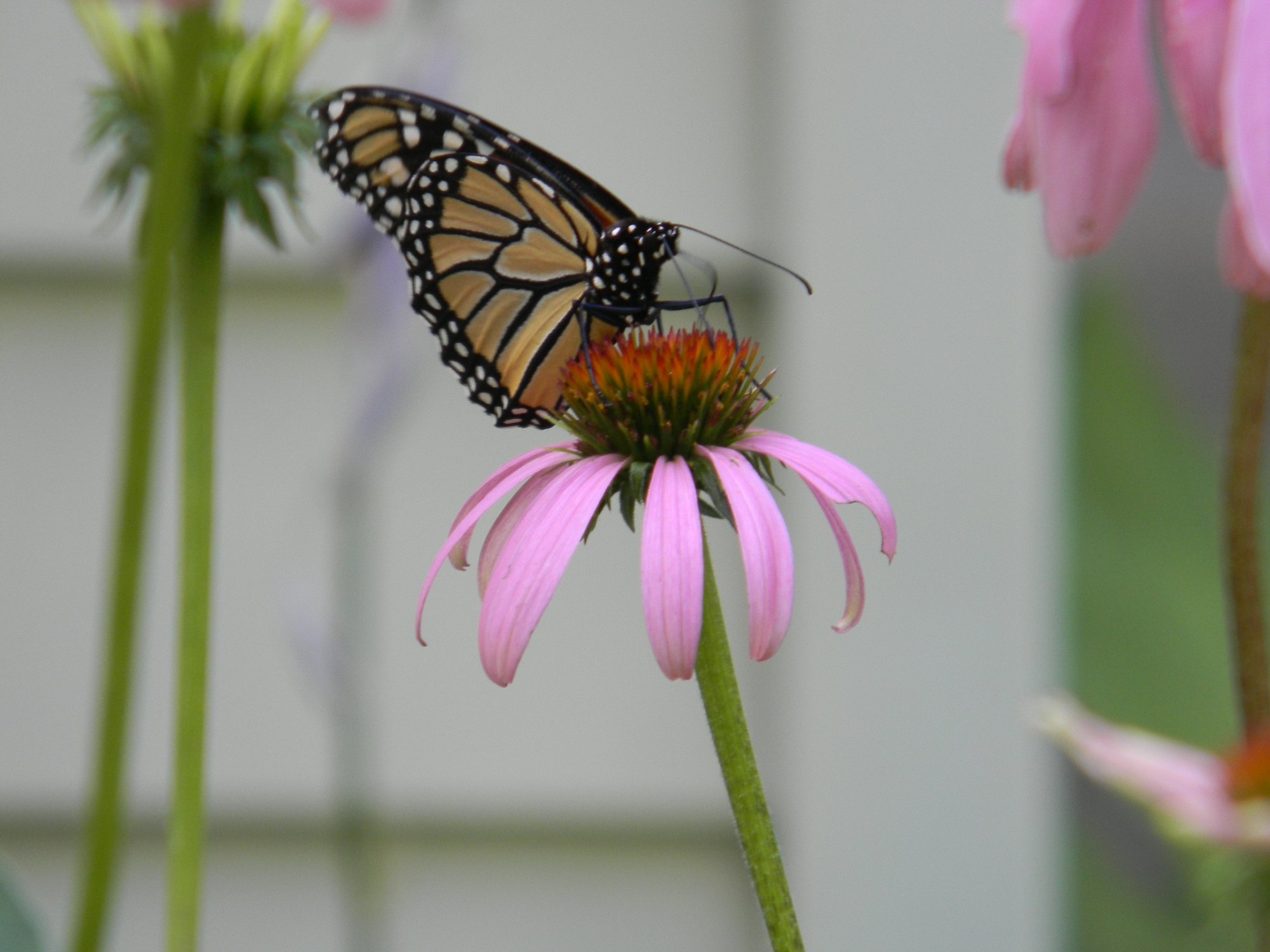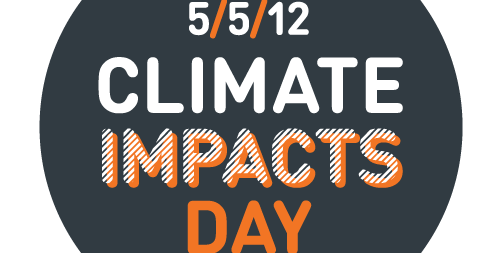I came across a post today regarding pets and coyotes. A couple had let their little Maltese have free access to an outdoor pen when they weren’t home, and it got killed by coyotes as a result. The article was a good reminder that small animals – pets and livestock – need to be secured inside homes or predator-proof pens/buildings of some sort if no humans are out with them. And it was a reminder to me that in my first article on coyotes in November, I promised a post on how to safely live around them.
Whether you are raising chickens in your backyard, own a farm or a ranch, or are the owner of beloved pets, the idea of having an animal you own get killed by a predator is distressing at best, and downright devastating at worst. And feeling like you should be worried when walking in open spaces because of potentially aggressive wildlife is not only un-fun, but it discourages people from using public land which is very much the opposite of what outdoor educators want to have happen. We want people to connect with the natural world, and that happens through repeated (and positive) experiences in the outdoors; repetition breeds – in this case – familiarity, which leads to comfort, and hopefully leads people to care about the spaces they recreate in.
But if you’ve read my blog at all, you know I’m also a strong proponent of having large predators in our natural areas – they’re a critical part of ecosystem health. But if having large predators in our natural areas may have the effect of keeping people from using those areas, what’s the answer? Education, of course! Teaching people how to live with large predators – or any wild animal – safely is a critical step to reducing human-wildlife encounters.
Here’s what everyone should know (and do):
- The more wild animals see humans as a potential food source the braver they will get about living around and getting close(er) to people. Keep your house, yard, farm and garden clear of any and all garbage and waste. Secure trash and compost in animal-proof containers (locked bins work well) and don’t leave pet food out overnight. It’s also advisable to keep your trash and compost away from your house if possible, so if wild animals do get into it they’re not right at your door (I realize this isn’t possible for people with small/no yards – keeping trash indoors [basement] is another option).
- Keep small pets on leash with humans when outside at night. DON’T leave your cat outdoors at night, and don’t let your small dog have access to your yard when you’re not home – you’re inviting trouble. Be sure chickens and other small livestock have predator-proof housing (high, sturdy fencing that is also buried underground; secured coops and barns).
But here’s the trick: these steps work best when everyone puts them into action. You may be reading this and think, “Well, I’ll go out and make sure that my garbage is better secured”. But if you live in a suburban or urban neighborhood, your chances of encountering raccoons or coyotes or foxes is really only diminished if your neighbors do the same thing. So in addition to making sure that your household or business takes these steps, you also need to help educate your friends and neighbors – and for some people, that’s a harder step. But it’s critical.
What about when you’re out and about? There are several things you can do to keep yourself safe:
- Keep your dog on leash when hiking or running in natural areas.
- If you’re camping or backpacking, keep your food secured overnight in plastic bins, your car, or (when backpacking) in bear-proof containers that are up a tree/over a ledge and well away from your tent.
- If you’re traveling alone, wear a “bear bell” or other small noise-making device to scare wildlife away before they can get too close.
And in the event that you actually encounter a medium or larger-sized animal (either in your yard or out in the wild) keep these things in mind:
- Make yourself look big (put your arms up over your head or out to the side) and make noise to be sure the animal knows you’re there, and/or scare it away.
- Don’t let the animal approach you (this may sound stupidly obvious, but if you don’t feel immediately threatened and are actually enjoying looking at the fox in your yard, you might not think of it right away).
- And for goodness sake, don’t feed it! No matter how cute or hungry it looks!
 There are some exceptions to these rules when faced with a wild animal – especially moose, grizzly bear (here in the northeast we don’t have grizzly – we have black bear and the above rules should keep you safe) and mountain lions. Each of these three animals has the reputation for being aggressive, and in the case of moose, not very bright. Take extra care to move away slowly from these animals and get to safety as soon as possible. If you’re traveling in wild areas with grizzly or mountain lion populations, do some research about safety in those areas.
There are some exceptions to these rules when faced with a wild animal – especially moose, grizzly bear (here in the northeast we don’t have grizzly – we have black bear and the above rules should keep you safe) and mountain lions. Each of these three animals has the reputation for being aggressive, and in the case of moose, not very bright. Take extra care to move away slowly from these animals and get to safety as soon as possible. If you’re traveling in wild areas with grizzly or mountain lion populations, do some research about safety in those areas.
And for wild animals that don’t seem quite “right”, be sure to call for help right away. Seeing an animal in your yard during the day is not necessarily an indication that that animal is sick – there are many reasons why normally crepuscular or nocturnal animals might be moving about during the day. But combined with a poor coat, or erratic behavior, that animal may indeed be ill and need to be put down or at least taken away.
Wolves are worth a special note: despite being one of North America’s larger predators (and despite their reputation), wolves are far less likely to get near humans than their smaller, bolder cousins, coyotes (or fisher, or raccoons or many other species). They are remarkably shy around people (yes, really – it’s been proven through casual and scientific documentation for decades) and pose much less of a safety hazard to people than you might think. And while they can and do predate livestock, ranchers and farmers have a variety of options for securing their animals from wolves (and other predators). The Predator Friendly website recommends these practices:
• Using guardian animals such as llamas, donkeys and dogs to keep livestock safe
• Scheduling pasture use when predation pressure is low
• Grazing cattle with smaller livestock to protect sheep, goats and calves
• Timing calving and lambing to avoid predation risk
• Lambing in sheds, secure fenced lots or protected pastures
• Making frequent and unpredictable patrols in pastures
• Protecting vulnerable animals by fencing out predators
• Learning the ecology and habits of area wildlife
Finding a balance between human land-use needs and having a natural world that’s actually in a balanced state (instead of just having the plants and animals that humans find convenient) will require an increasing level of education on all levels. As we continue to develop land and encroach on our wild neighbors, the amount of human-wildlife interactions will grow. How well those interactions go will depend on how much people know about living around wildlife.
At the risk of making this long article even longer, I should mention one last thing – what to do (or not do) if you come across injured wildlife. Here’s a link to my rant article about “saving” cute, furry animals.
If you’ve stuck with me all this way (thank you), do one thing right now. Either print out or copy down the do’s and don’t’s bulleted in this article and educate at least one person you know – friend, neighbor, relative, random person on the street – on how to keep their homes and selves safe around wild animals. I don’t know how many people will actually come across this article, but my hope is to spread this information as far and wide as I can. Help me do so for the people you care about, and the wild creatures I know you appreciate.





Great info !!
Thanks Michelle!